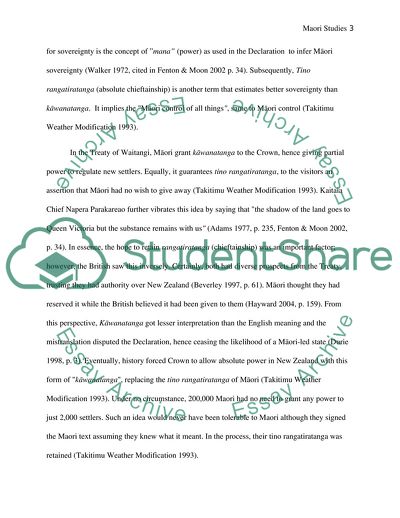Cite this document
(Maori Studies Literature review Example | Topics and Well Written Essays - 2000 words, n.d.)
Maori Studies Literature review Example | Topics and Well Written Essays - 2000 words. https://studentshare.org/history/1838866-maori-studies
Maori Studies Literature review Example | Topics and Well Written Essays - 2000 words. https://studentshare.org/history/1838866-maori-studies
(Maori Studies Literature Review Example | Topics and Well Written Essays - 2000 Words)
Maori Studies Literature Review Example | Topics and Well Written Essays - 2000 Words. https://studentshare.org/history/1838866-maori-studies.
Maori Studies Literature Review Example | Topics and Well Written Essays - 2000 Words. https://studentshare.org/history/1838866-maori-studies.
“Maori Studies Literature Review Example | Topics and Well Written Essays - 2000 Words”. https://studentshare.org/history/1838866-maori-studies.


